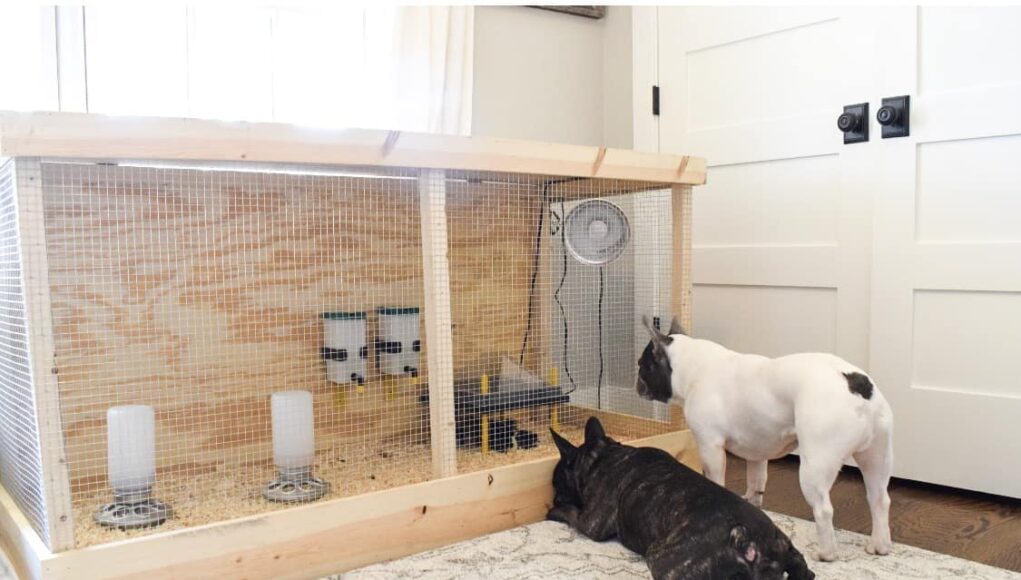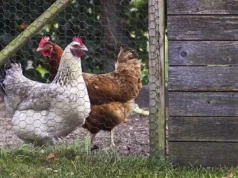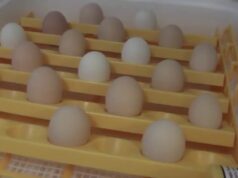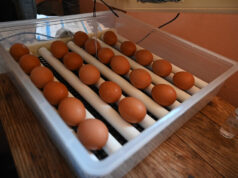The quest for the best chick brooder design is essential for every chicken lover. No matter the size of your flock, providing new chicks with a safe, warm, and comfortable environment is crucial. Choosing the right brooder design might seem daunting, but it’s a necessary step in ensuring the health and well-being of your feathered friends.
Understanding how to construct an effective brooder means considering various factors like temperature control, ventilation, and cleaning accessibility. In this guide, we’ll explore everything you need to know about designing brooders and how they contribute to raising happy and healthy chicks.
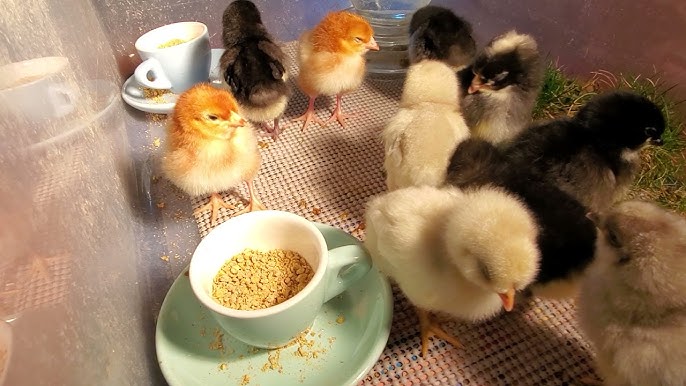
What is a Chick Brooder?
A chick brooder is a heated enclosure where baby chicks are kept during their first few weeks of life, providing warmth and safety while they grow. This environment mimics the warmth typically provided by a mother hen, and is crucial for the chicks’ survival and growth.
Why Brooder Design Matters
Good brooder design significantly impacts the health and wellbeing of your chicks. Factors such as space, warmth, and ventilation must be considered to prevent diseases and ensure comfort. Understanding these key elements helps in creating an efficient and effective brooding environment.
The Basics of the Best Chick Brooder Design
1. Choosing the Right Size
The size of your brooder should accommodate the number of chicks you plan to raise. Overcrowding can lead to stress and health issues, so it’s important to provide enough space for each chick to move around comfortably.
2. Ensuring Proper Ventilation
While warmth is essential, fresh air is equally important to prevent the build-up of ammonia from droppings. Ensure that your brooder design incorporates adequate ventilation without creating drafts that can chill the chicks.
3. Maintaining Ideal Temperature
The correct temperature is crucial for chick development. Typically, you should aim for a starting temperature of around 95F (35C), decreasing by about 5F each week as the chicks grow.
4. Providing Adequate Lighting
Lighting is not just for visibility; it helps regulate chick behavior and growth cycles. Use a light bulb to double up for warmth and light, and ensure they experience a proper day-night cycle.
Materials for Brooder Construction
1. Wood and Wire
Wooden brooders with wire tops allow for good ventilation while being sturdy and long-lasting. This design can support a variety of heating and lighting setups.
2. Plastic and Metal Options
While less traditional, these materials are easy to clean and sanitize, which is vital for controlling disease and maintaining a hygienic environment.
3. Portable Brooders
Consider portability if you plan on moving the brooder frequently. Many commercial brooders are designed with wheels and collapsible structures for easy transportation.
Enhancing Your Brooder Experience with Accessories
1. Thermometers
Always include a reliable thermometer to monitor the temperature inside the brooder, helping adjust the heat source accordingly.
2. Feeders and Waterers
Proper chick feeders and waterers are essential. Make sure they are sized appropriately to prevent spillage and contamination.
3. Bedding Materials
Use soft and absorbent materials such as pine shavings for bedding. Avoid slippery materials that could harm fledgling legs.
4. Heating Lamps
Select a good infrared heat lamp to provide consistent warmth without disturbing their sleep pattern.
Common Mistakes in Brooder Setup and How to Avoid Them
Even seasoned chicken enthusiasts can make common mistakes when setting up a brooder. Key pitfalls include improper temperature settings, inadequate cleaning, and poor placement that exposes chicks to predators or harsh weather.
By avoiding these mistakes, you ensure a more productive and stress-free brooding period.

FAQs
1. How long do chicks stay in the brooder?
Typically, chicks stay in the brooder for six to eight weeks, or until they are fully feathered and can regulate their own body temperature.
2. What should you use for brooder bedding?
Many recommend using pine shavings. Avoid using materials that are dusty or slippery, which could cause respiratory issues or leg problems.
3. How often should a brooder be cleaned?
A brooder should be cleaned at least weekly, with bedding changed more frequently if needed to ensure a healthy environment for the chicks.
Brooder design and maintenance are crucial for raising healthy chicks. By following these guidelines, you are well-equipped to create a nurturing environment for your baby chicks, enhancing their growth and ensuring their future as healthy hens. Looking to learn more about what age do chickens start laying or interested in the effects of daylight on laying? Check out these resources for more information! Additionally, you can explore external resources such as Kalmbach Feeds’ blog for further insights.
This article contains affiliate links. We may earn a commission at no extra cost to you.
